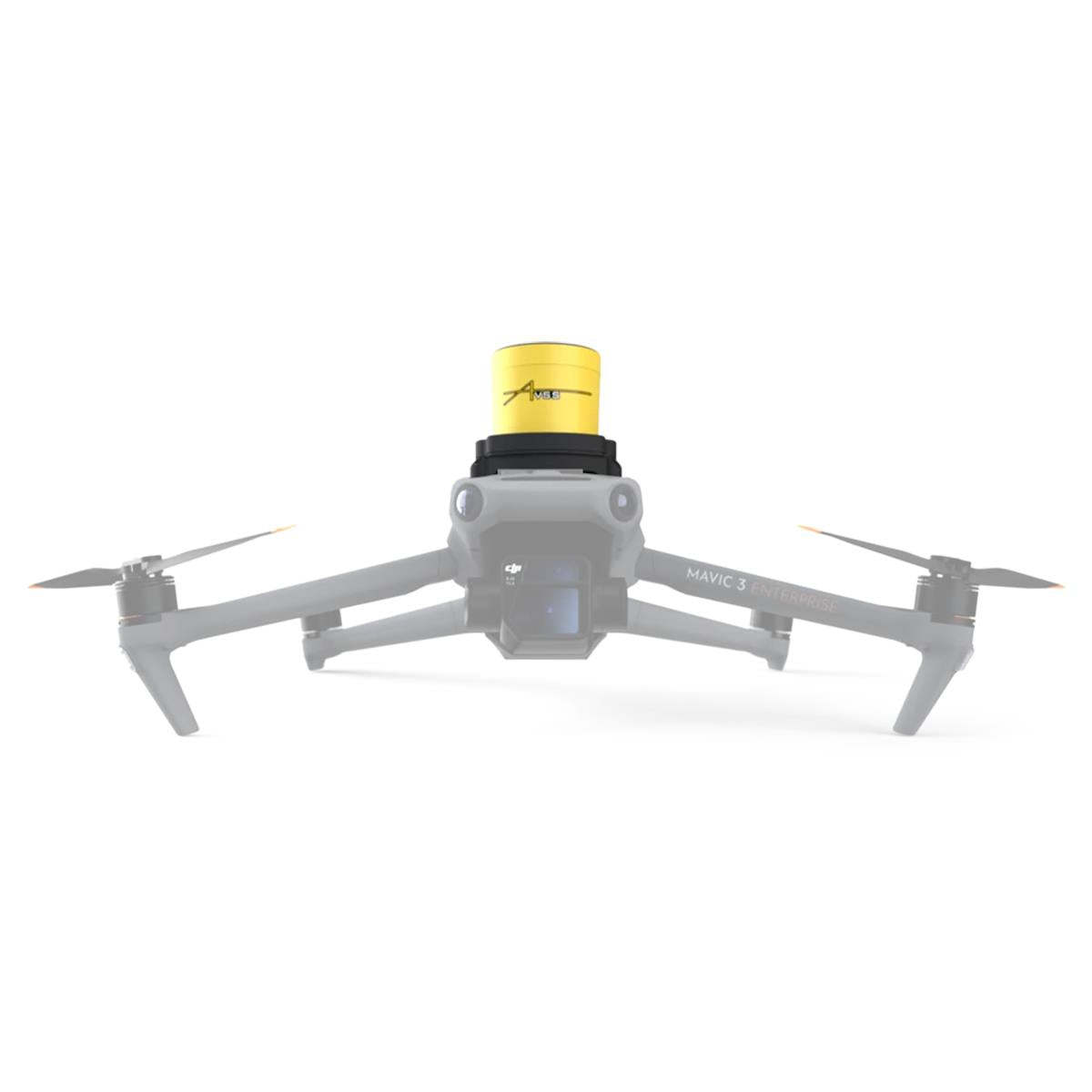A question came up about my operations from the safety people. What is the safe distance horizontally from people not involved in the flight. I didn't know the answer, so I called Dr. Stark at UC Merced, he heads up the UAV department. He said it is 25% of your altitude. Meaning if you are flying at 100 feet, you shouldn't be withing 25 feet horizontally of someone.
One of the Panos I take is very close to a very active street on the college campus. I do that pano at 200 feet and I'm 60 feet from the fence line, meaning I only have 10 feet of horizontal room to work with. I guess he wondered if I was math challenged based on his explanation of how to calculate horizontal safety.
Here is his exact response
My typical recommendation for a safety zone for static, or up/down operations is to keep ¼ of your flight altitude away from busy areas (I can show you the math at some point if you want justification). So if you’re flight altitude is 100 ft, you should keep a safety buffer of around 25 ft around the drone. From the GPS coordinates of the pano, it looks like you have a clearance of roughly 60 ft, so I’d estimate that would be safe up to 240-250 ft altitude. From your imagery, I’d estimate your flight altitude is somewhere around there.
So I think pano 8 is within bounds of safe operations, but certainly close to borderline safe. There are some steps that you can do to reduce risk –
Hope this helps,
-- Brandon
Dr. Brandon Stark, Director
UC Center of Excellence on Unmanned Aircraft System Safety
Risk & Safety Solutions
University of California
One of the Panos I take is very close to a very active street on the college campus. I do that pano at 200 feet and I'm 60 feet from the fence line, meaning I only have 10 feet of horizontal room to work with. I guess he wondered if I was math challenged based on his explanation of how to calculate horizontal safety.
Here is his exact response
My typical recommendation for a safety zone for static, or up/down operations is to keep ¼ of your flight altitude away from busy areas (I can show you the math at some point if you want justification). So if you’re flight altitude is 100 ft, you should keep a safety buffer of around 25 ft around the drone. From the GPS coordinates of the pano, it looks like you have a clearance of roughly 60 ft, so I’d estimate that would be safe up to 240-250 ft altitude. From your imagery, I’d estimate your flight altitude is somewhere around there.
So I think pano 8 is within bounds of safe operations, but certainly close to borderline safe. There are some steps that you can do to reduce risk –
- Try to pick flight times at which pedestrian traffic is minimal – we can predict some time frames based off the class schedules
- Lower your flight altitude or move closer to the building
- Avoid flying during high wind conditions if the wind is blowing to the North West (ie, such that the wind would blow your drone over the bridge). This usually only occurs during the winter – during the summer, the wind is usually blowing to the South East.
- Fly slower to reach the point – keeping it under 10 mph will help minimize the impact zone in the event of a catastrophic failure in motion.
Hope this helps,
-- Brandon
Dr. Brandon Stark, Director
UC Center of Excellence on Unmanned Aircraft System Safety
Risk & Safety Solutions
University of California







